Honda Jazz vs Suzuki S-Cross – Performance, range & efficiency compared
Two cars, one duel: Honda Jazz meets Suzuki S-Cross.
Which one wins in performance, efficiency and value for money? Find out now!
Costs and Efficiency: Price and efficiency are key factors when choosing a car – and this is often where the real differences emerge.
Suzuki S-Cross has a minimal advantage in terms of price – it starts at 21800 £, while the Honda Jazz costs 23100 £. That’s a price difference of around 1338 £.
Fuel consumption also shows a difference: Honda Jazz manages with 4.50 L and is therefore slightly more efficient than the Suzuki S-Cross with 5.10 L. The difference is about 0.60 L per 100 km.
Engine and Performance: Under the bonnet, it becomes clear which model is tuned for sportiness and which one takes the lead when you hit the accelerator.
When it comes to engine power, the Suzuki S-Cross has a hardly perceptible edge – offering 129 HP compared to 122 HP. That’s roughly 7 HP more horsepower.
In acceleration from 0 to 100 km/h, the Honda Jazz is hardly perceptible quicker – completing the sprint in 9.40 s, while the Suzuki S-Cross takes 9.50 s. That’s about 0.10 s faster.
In terms of top speed, the Suzuki S-Cross performs to a small extent better – reaching 195 km/h, while the Honda Jazz tops out at 175 km/h. The difference is around 20 km/h.
There’s also a difference in torque: Honda Jazz pulls slight stronger with 253 Nm compared to 235 Nm. That’s about 18 Nm difference.
Space and Everyday Use: Whether family car or daily driver – which one offers more room, flexibility and comfort?
Both vehicles offer seating for 5 people.
In curb weight, Suzuki S-Cross is barely noticeable lighter – 1280 kg compared to 1302 kg. The difference is around 22 kg.
In terms of boot space, the Suzuki S-Cross offers evident more room – 430 L compared to 304 L. That’s a difference of about 126 L.
In maximum load capacity, the Suzuki S-Cross performs barely noticeable better – up to 1230 L, which is about 25 L more than the Honda Jazz.
When it comes to payload, Suzuki S-Cross slight takes the win – 405 kg compared to 388 kg. That’s a difference of about 17 kg.
Who comes out on top?
Overall, the Suzuki S-Cross shows itself to be performs better in key areas and secures the title of DriveDuel Champion.
It convinces with the more balanced overall package and proves to be the more versatile choice for everyday use.

Suzuki S-Cross
Honda Jazz
The Honda Jazz stands out in the compact car category with its intelligently designed interior, offering a surprisingly spacious cabin that comfortably accommodates passengers and luggage. Its efficient hybrid powertrain ensures a smooth and economical driving experience, ideal for both urban commutes and longer journeys. Furthermore, the Jazz is equipped with a range of advanced safety features, providing peace of mind while on the road.
details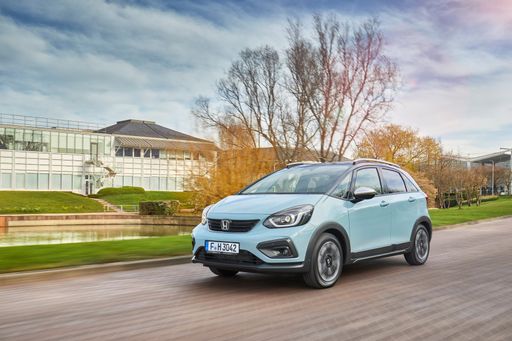 @ hondanews.eu
@ hondanews.eu
 @ hondanews.eu
@ hondanews.eu
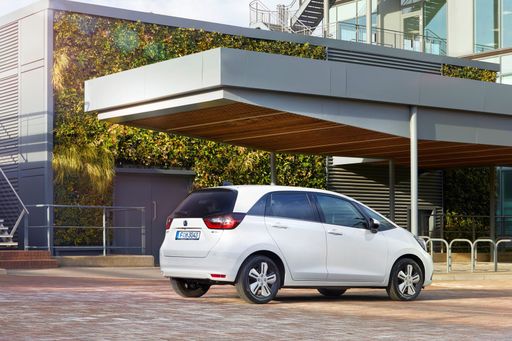 @ hondanews.eu
@ hondanews.eu
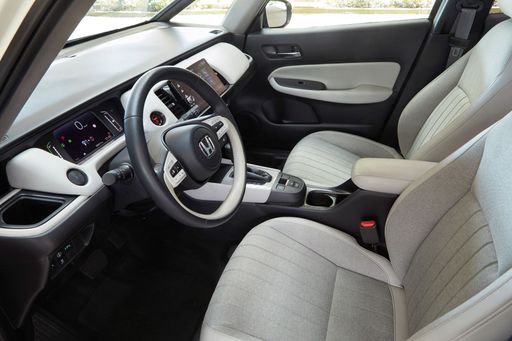 @ hondanews.eu
@ hondanews.eu
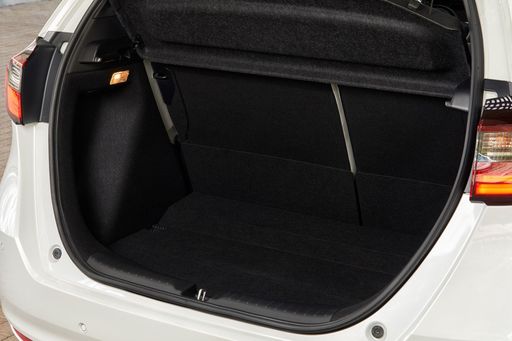 @ hondanews.eu
@ hondanews.eu
Suzuki S-Cross
The Suzuki S-Cross emerges as a versatile crossover, blending urban agility with a rugged presence suited for diverse terrains. Its design combines sleek, modern aesthetics with practicality, offering a spacious interior that comfortably accommodates passengers and cargo for varied journeys. Drivers will appreciate the advanced technology features that enhance both driving pleasure and safety, making the S-Cross a well-rounded option for those seeking reliability and style in a compact SUV.
details @ Suzuki
@ Suzuki
 @ Suzuki
@ Suzuki
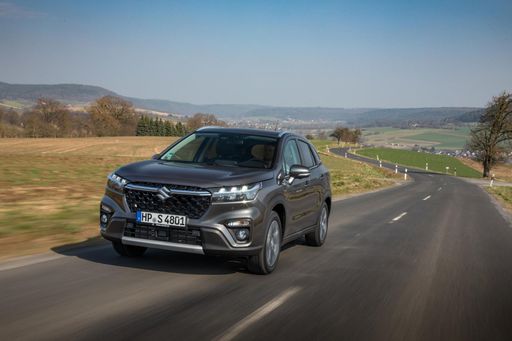 @ Suzuki
@ Suzuki
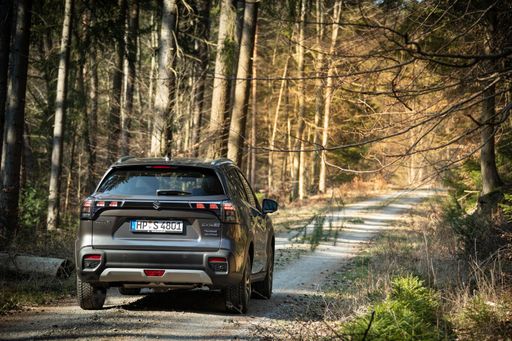 @ Suzuki
@ Suzuki
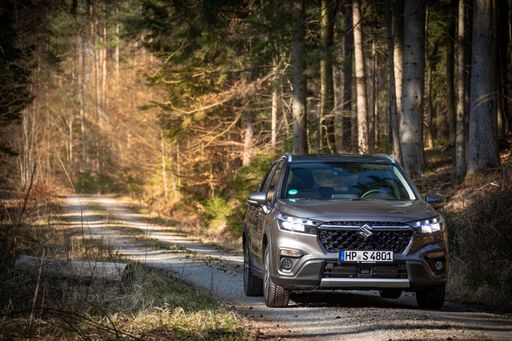 @ Suzuki
@ Suzuki
 @ Suzuki
@ Suzuki
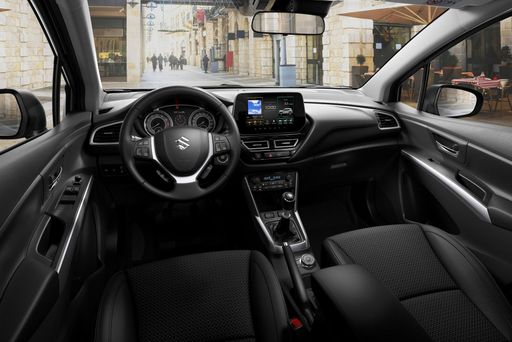 @ Suzuki
@ Suzuki

|

|
|
|
|
Costs and Consumption |
|
|---|---|
|
Price
23100 - 26700 £
|
Price
21800 - 33700 £
|
|
Consumption L/100km
4.5 - 4.8 L
|
Consumption L/100km
5.1 - 5.8 L
|
|
Consumption kWh/100km
-
|
Consumption kWh/100km
-
|
|
Electric Range
-
|
Electric Range
-
|
|
Battery Capacity
-
|
Battery Capacity
-
|
|
co2
102 - 108 g/km
|
co2
116 - 131 g/km
|
|
Fuel tank capacity
40 L
|
Fuel tank capacity
47 L
|
Dimensions and Body |
|
|---|---|
|
Body Type
Hatchback
|
Body Type
SUV
|
|
Seats
5
|
Seats
5
|
|
Doors
5
|
Doors
5
|
|
Curb weight
1302 - 1320 kg
|
Curb weight
1280 - 1435 kg
|
|
Trunk capacity
304 L
|
Trunk capacity
430 L
|
|
Length
4089 - 4105 mm
|
Length
4300 mm
|
|
Width
-
|
Width
1785 mm
|
|
Height
1526 - 1556 mm
|
Height
1580 mm
|
|
Max trunk capacity
1205 L
|
Max trunk capacity
1230 L
|
|
Payload
370 - 388 kg
|
Payload
375 - 405 kg
|
Engine and Performance |
|
|---|---|
|
Engine Type
Full Hybrid
|
Engine Type
Full Hybrid, Petrol MHEV
|
|
Transmission
Automatic
|
Transmission
Automatic, Manuel
|
|
Transmission Detail
CVT
|
Transmission Detail
Automated Manual, Manual Gearbox
|
|
Drive Type
Front-Wheel Drive
|
Drive Type
Front-Wheel Drive, All-Wheel Drive
|
|
Power HP
122 HP
|
Power HP
116 - 129 HP
|
|
Acceleration 0-100km/h
9.4 - 9.7 s
|
Acceleration 0-100km/h
9.50 s
|
|
Max Speed
175 km/h
|
Max Speed
175 - 195 km/h
|
|
Torque
253 Nm
|
Torque
235 Nm
|
|
Number of Cylinders
4
|
Number of Cylinders
4
|
|
Power kW
90 kW
|
Power kW
85 - 95 kW
|
|
Engine capacity
1498 cm3
|
Engine capacity
1373 - 1462 cm3
|
General |
|
|---|---|
|
Model Year
2023
|
Model Year
2024
|
|
CO2 Efficiency Class
C
|
CO2 Efficiency Class
D
|
|
Brand
Honda
|
Brand
Suzuki
|
Is the Honda Jazz offered with different drivetrains?
The Honda Jazz is offered with Front-Wheel Drive.
The prices and data displayed are estimates based on German list prices and may vary by country. This information is not legally binding.
